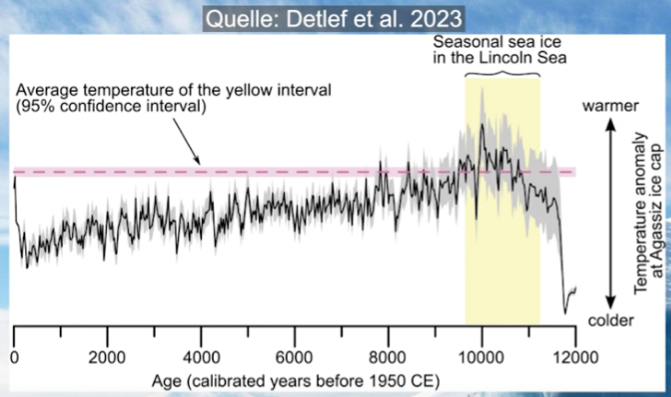WWF After Your Money Again, Else The Turtles Will Get It!
By Paul Homewood Give us the money, or the turtles will get it! A new study reveals rising temperatures are turning green turtle populations almost completely female in the northern Great Barrier Reef. More than 200,000 nesting females—one of the largest populations in the world—call the northern Great Barrier Reef home. But this population could eventually crash without more males, according to the study published in Current Biology How does climate change impact sex? Because incubation temperature of turtle eggs determines the animal’s sex, a warmer nest results in more females. Increasing temperatures in Queensland’s north, linked to climate change, have led to virtually no male northern green sea turtles being born. For the study, scientists caught green turtles at the Howick Group of islands where both northern and southern green turtle populations forage in the Great Barrier Reef. Using a combination of endocrinology and genetic tests, researchers identified the turtles’ sex and nesting origin. Of green turtles from warmer northern nesting beaches, 99.1% of juveniles, 99.8% of subadults, and 86.8% of adults were female. Turtles from the cooler southern reef nesting beaches showed a more moderate female sex bias (65%–69% female). Lead author Dr. Michael Jensen, from the National Oceanic and Atmospheric Administration, says northern Great Barrier Reef green turtle nesting beaches have been producing primarily females for more than two decades resulting in “extreme female bias”. The scientific research was facilitated through the Great Barrier Reef Rivers to Reef to Turtles project, led by WWF-Australia. WWF’s Marine Species Project Manager Christine Hof was also a scientific researcher in the study. https://www.worldwildlife.org/stories/how-climate-change-is-turning-green-turtle-populations-female-in-the-northern-great-barrier-reef In fact, it has been known for some time that warm nesting sites favour the development of females, as Wikipedia state: The green sea turtles exhibit sex differences by their development and appearance. As adult turtles, males are easily distinguishable from the females by having a larger tail and longer claws on the front flippers. The hatching time and sex of the turtles are determined by the incubation temperature of the nest. Hatchings occur more quickly in nests that are warmer than nests that are in cooler conditions. Warm nesting sites above 30 degrees Celsius favor the development of females, whereas nesting sites below 30 degrees Celsius produce males. The position of the egg in the nest also affects sex-determination. Eggs in the center tend to hatch as females due to the warmer conditions within the nest. https://en.wikipedia.org/wiki/Green_sea_turtle Now, I did not do GCEs in Turtles, but I suspect there are very good evolutionary reasons for this. Warmer conditions clearly are good news for turtles, as the eggs hatch more quickly. Given that turtles return to their hatching site to breed, it would make evolutionary sense for more females to return to these warmer beaches, so as to lay more eggs and take advantage of such advantageous conditions. Green turtles are in fact remarkably widespread, and are found in tropical, subtropical and temperate waters around the world. They certainly are not dependent on a narrow set of weather conditions. In Australia alone, there are seven regional populations of green turtles that nest in different areas; the southern Great Barrier Reef, the northern Great Barrier Reef, the Coral Sea, the Gulf of Carpentaria, Western Australia’s north-west shelf, the Ashmore and Cartier Reefs and Scott Reef. They have also been around for more then 100 million years, so the idea that they will all die out if it gets a bit warmer is palpable nonsense. As with many other animals though, there are other very real threats, such as coastal development, fishing, predation of the eggs by feral animals, often unsustainable harvesting of adult turtles and eggs, and entanglement or ingestion of marine debris. But what about those rising temperatures, in summer when the hatching season occurs? http://www.bom.gov.au/climate/change/index.shtml#tabs=Tracker&tracker=timeseries&tQ=graph%3Dtmax%26area%3Dqld%26season%3D1202%26ave_yr%3D0 Whilst there were many relatively cold summers in the past, summer temperatures in Queensland are no higher than they were on many occasions in the last century. There is certainly no indication that they will go any higher. Meanwhile, experts tell us that to date, there have been no detectable declines in the number of nesting green turtles at Great Barrier Reef nest monitoring sites. But WWF won’t mention any of this, because they want your money.
— gReader Pro




